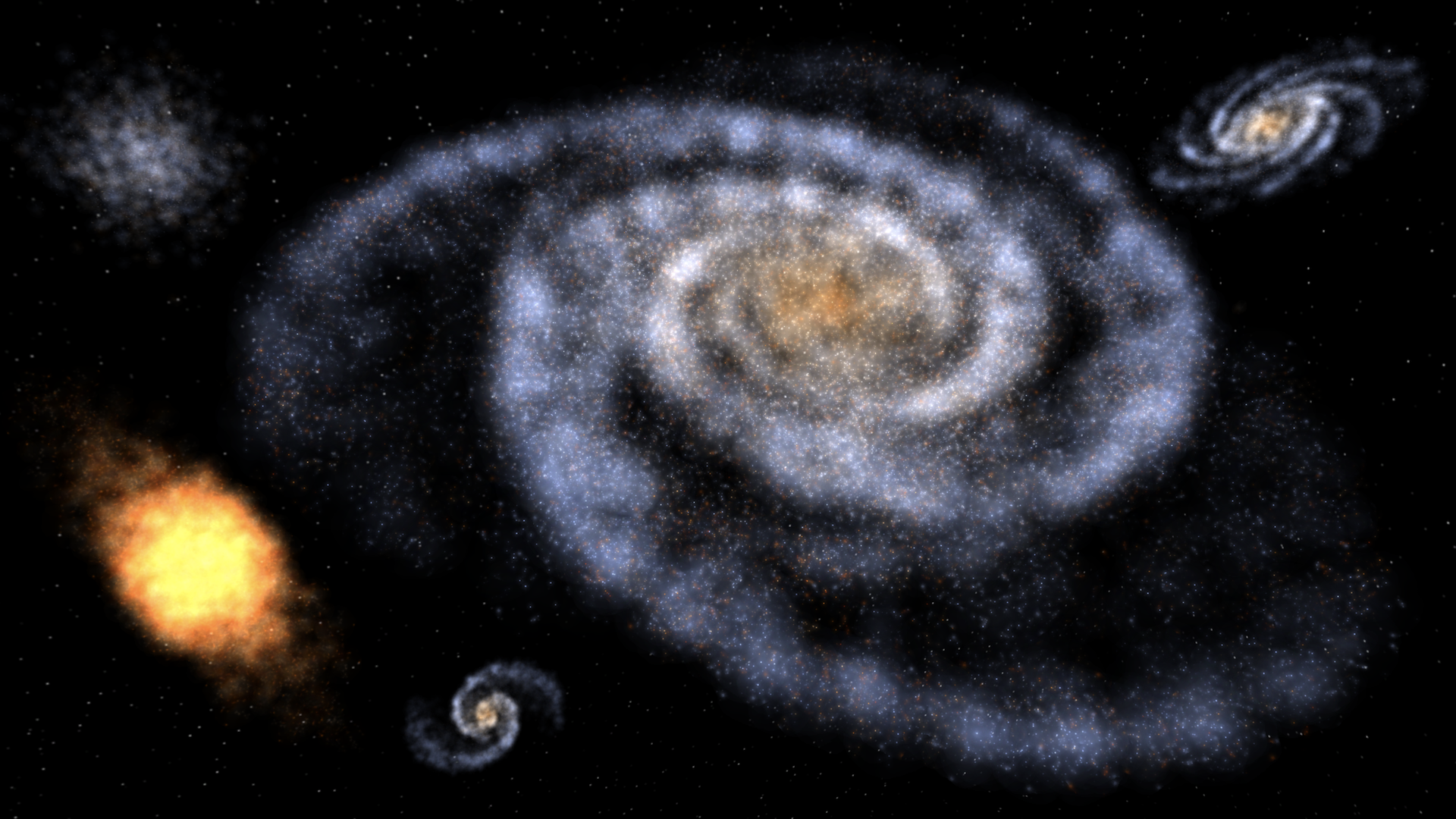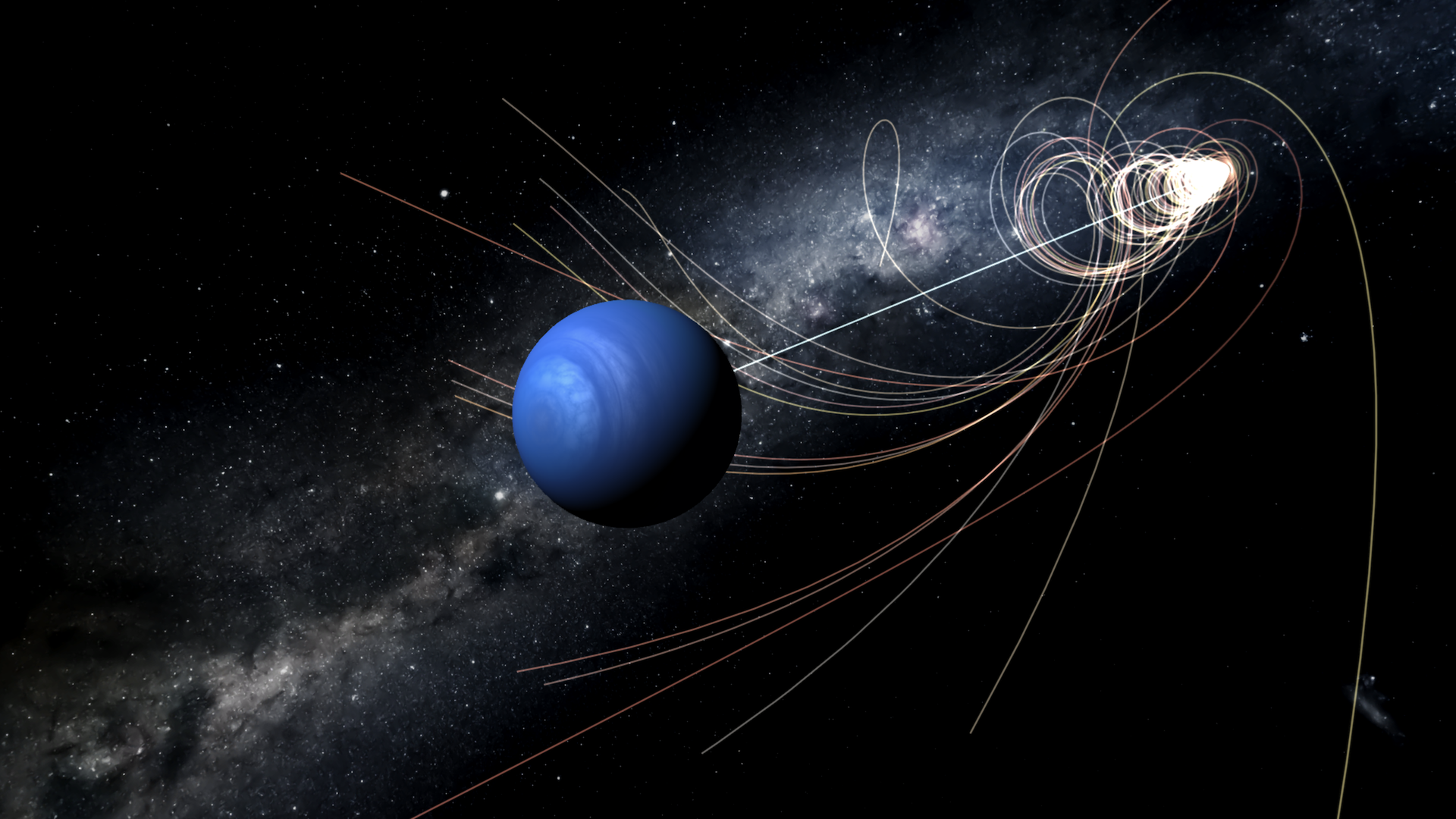Future Price Increase for Universe Sandbox
We want to give everyone a heads-up that we plan to increase the price of Universe Sandbox in the near future. It's at least a couple months away still, but we wanted to give as much advance notice as possible.
Don't own Universe Sandbox yet? Get it for 33% off in the Steam Summer Sale
http://store.steampowered.com/app/230290/
We plan to raise it from USD $24.99 to $29.99.
Localized prices on Steam will be raised accordingly.
If you already own Universe Sandbox, there will be no charge and you'll receive updates as usual as we continue development in Steam Early Access.
Probably by the end of the summer (by October 2019).
It may take longer, we don't have an exact date yet. We plan to raise the price on the same day that we release our next major update featuring Surface Grids & Lasers. We don't know when this will be released yet, but we're aiming for the end of the summer. If it takes longer to get the update out, then the price increase will be delayed as well.
To support continued development of Universe Sandbox.
We love Universe Sandbox and we want to keep working on it, making it better and better for the foreseeable future. It's why we're hiring to expand our team, and it's why we got rid of the "2" in our name so now we're just Universe Sandbox. We're in it for the long haul. The extra resources will help us continue to develop new, awesome features and expand to new platforms like mobile and console, ultimately reaching more and more people.
We appreciate everyone who has supported Universe Sandbox so far. We couldn't have done it without you.
Universe Sandbox is currently 33% off in the Steam Summer Sale.
We'll definitely be on sale again in the future, but with the price increase, this may be the lowest price for Universe Sandbox for a while.
Join our Discord
Or just keep your eye on the announcements here on Steam.
Don't own Universe Sandbox yet? Get it for 33% off in the Steam Summer Sale
http://store.steampowered.com/app/230290/
How much?
We plan to raise it from USD $24.99 to $29.99.
Localized prices on Steam will be raised accordingly.
If you already own Universe Sandbox, there will be no charge and you'll receive updates as usual as we continue development in Steam Early Access.
When?
Probably by the end of the summer (by October 2019).
It may take longer, we don't have an exact date yet. We plan to raise the price on the same day that we release our next major update featuring Surface Grids & Lasers. We don't know when this will be released yet, but we're aiming for the end of the summer. If it takes longer to get the update out, then the price increase will be delayed as well.
Why?
To support continued development of Universe Sandbox.
We love Universe Sandbox and we want to keep working on it, making it better and better for the foreseeable future. It's why we're hiring to expand our team, and it's why we got rid of the "2" in our name so now we're just Universe Sandbox. We're in it for the long haul. The extra resources will help us continue to develop new, awesome features and expand to new platforms like mobile and console, ultimately reaching more and more people.
We appreciate everyone who has supported Universe Sandbox so far. We couldn't have done it without you.
On sale now!
Universe Sandbox is currently 33% off in the Steam Summer Sale.
We'll definitely be on sale again in the future, but with the price increase, this may be the lowest price for Universe Sandbox for a while.
Stay up-to-date with the latest Universe Sandbox news!
Sign up for our newsletterJoin our Discord
Or just keep your eye on the announcements here on Steam.
 June 28: Update 23.0.1 is a small patch to fix an issue with tidal heating.
June 28: Update 23.0.1 is a small patch to fix an issue with tidal heating.






